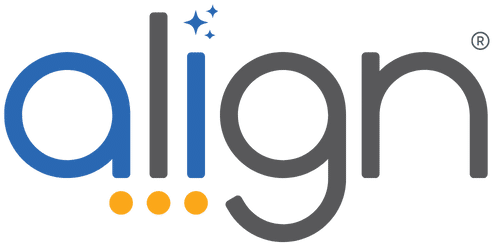When Construction Firms Bleed Margin: How to Turn Cost Discipline Into Strategic Growth
Cost overruns don’t happen in isolation — they’re symptoms of gaps in process, visibility, and accountability.
Every construction leader has lived it: a profitable bid that slowly erodes as materials fluctuate, labor costs creep, or schedules slip. By project closeout, the margin you forecasted is gone again.
Most firms respond by trying to “fix” the project: tightening estimating, retooling procurement, or adding new scheduling checks. But if overruns keep happening across different jobs, different teams, and different seasons — that’s not a project issue. That’s a systemic issue rooted in misalignment, lack of accountability, and poor visibility across the business.
Why Project-Level Fixes Don’t Stop the Pattern
When cost overruns become a pattern, leadership often reacts with tactical interventions:
-
Re-training estimators
-
Swapping out a project manager
-
Cutting vendor costs
Those might fix one job, but they don’t change the organizational rhythm that allowed cost drift to happen in the first place.
In many firms, each department — estimating, procurement, field operations — works toward its own definition of success. Estimators chase bid volume, procurement chases price, superintendents chase schedule. But who’s accountable for the margin line across all jobs? Without shared visibility and aligned goals, overruns become everyone’s problem and no one’s responsibility. Inaccurate estimates, design errors, and unplanned change orders are among the top causes of construction cost overruns.
That’s why project-level fixes rarely work long-term: they treat symptoms of poor alignment instead of the root cause — a leadership system that doesn’t connect daily execution to company strategy.
Turning “Reduce Overruns” Into a Company-Wide Strategic Priority
High-performing construction firms treat cost discipline as a strategic initiative, not a reaction to last quarter’s P&L.
Here’s how leaders can use Align to cascade that priority through the organization so everyone understands their role in protecting margin:
-
Set the Priority at the Executive Level
Leadership defines “Reduce Project Variance” as a top company goal. It’s not buried under department objectives — it sits alongside revenue and safety as a critical success factor. -
Translate the Goal Into Measurable KPIs
Each team tracks metrics that directly influence variance — estimating accuracy, procurement savings, labor productivity, change order turnaround. These KPIs are visible in Align, reviewed weekly, and tied to owners across departments. -
Reinforce Accountability Through Weekly Huddles
Instead of waiting for project closeout meetings to uncover margin slippage, teams discuss leading indicators every week. When procurement sees a material cost shift, or operations flags labor inefficiency, it surfaces fast — and action happens before profits leak away.
This rhythm — strategic priority → measurable KPIs → weekly accountability — transforms cost control from a reaction into a habit.
What That Looks Like in Practice
In firms that adopt this structure, you’ll see patterns like:
-
Executives align on a clear margin improvement target (for example, reducing project variance from 6% to 3%).
-
Department heads set team-level priorities that feed into the company goal.
-
Weekly scorecards in Align show who’s hitting their numbers and who needs support.
-
Field leaders bring real-time feedback to huddles, creating a closed loop between job sites and leadership.
Suddenly, margin protection isn’t just the CFO’s problem — it’s everyone’s mission.
From Chasing Problems to Attacking Root Causes
When leadership alignment, accountability, and visibility come together, cost discipline becomes a growth strategy.
You stop chasing overruns after the fact and start attacking the systemic gaps that cause them — inconsistent estimating assumptions, reactive purchasing, and weak feedback loops between the field and the office.
The payoff?
-
Fewer surprises at closeout
-
Stronger profitability on every job
-
A culture of ownership and proactive decision-making
Accountability of the leadership team is at the heart of firms’ success — both vertical alignment (top down) and horizontal alignment (across functions) are essential as documented. This article by INSEAD argues that leadership accountability and alignment are foundational to organizational execution.
The Takeaway
Cost overruns aren’t inevitable, but they are preventable when leaders make them a shared strategic initiative, not a recurring surprise.
By using a platform like Align, construction firms can turn cost discipline into a company-wide strength — one built on clear priorities, measurable progress, and consistent accountability. That’s how you stop bleeding margin and start building strategic growth.



